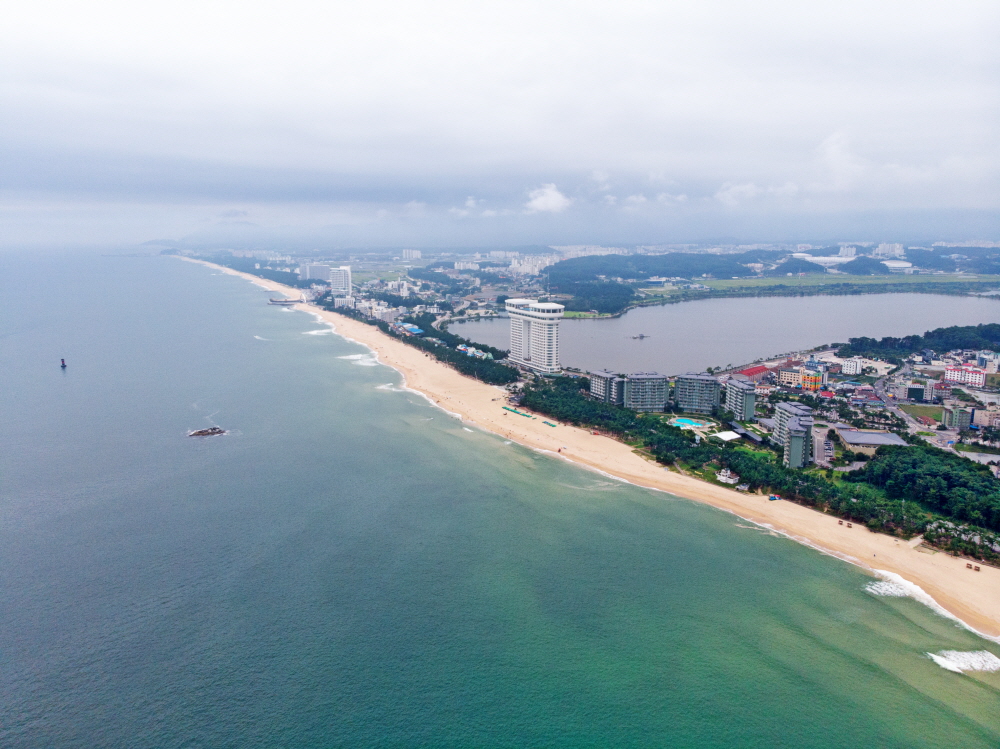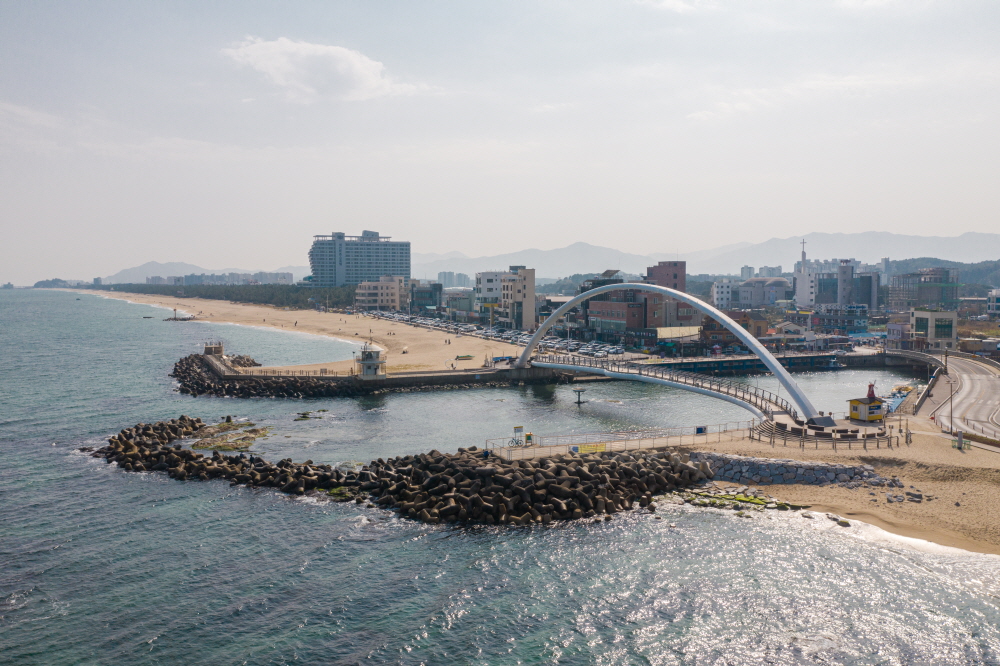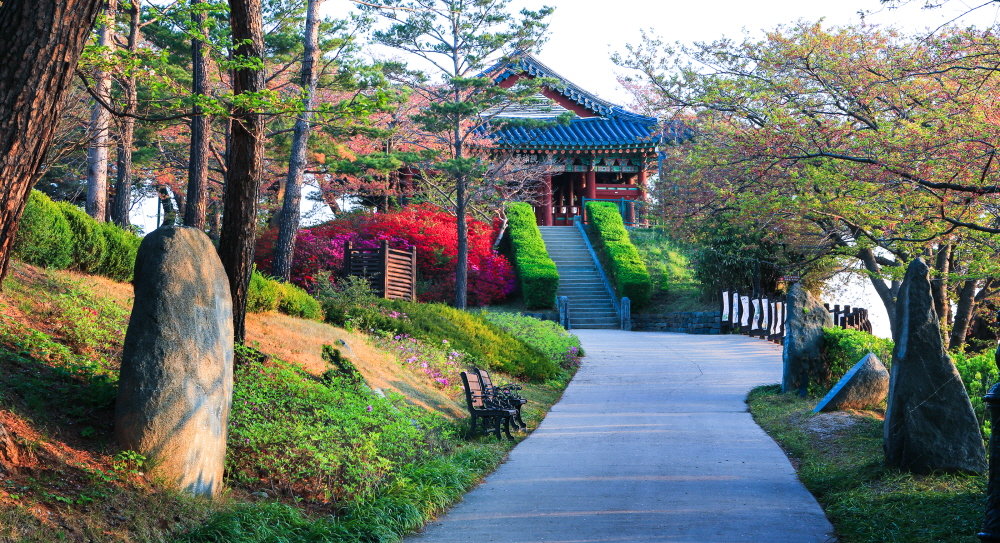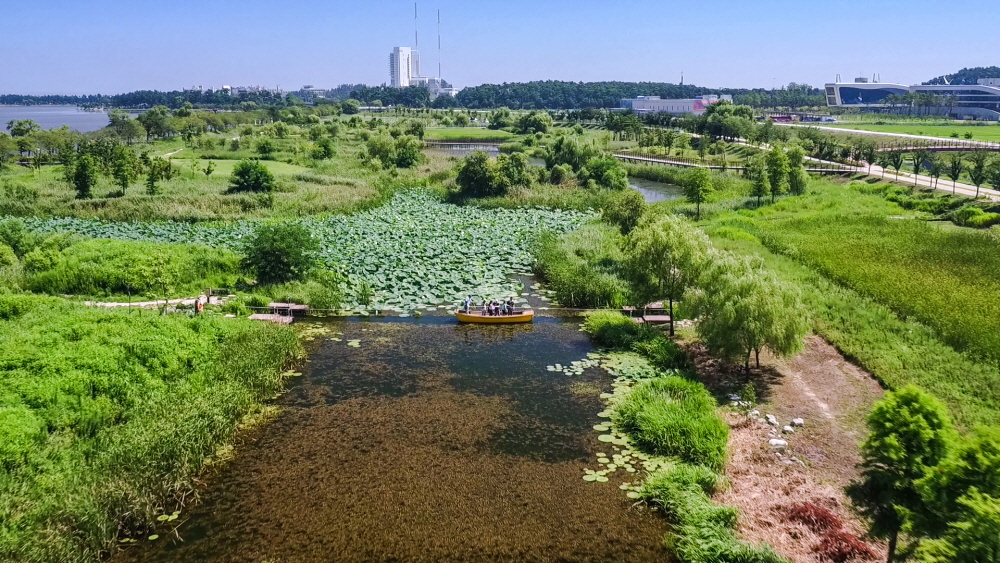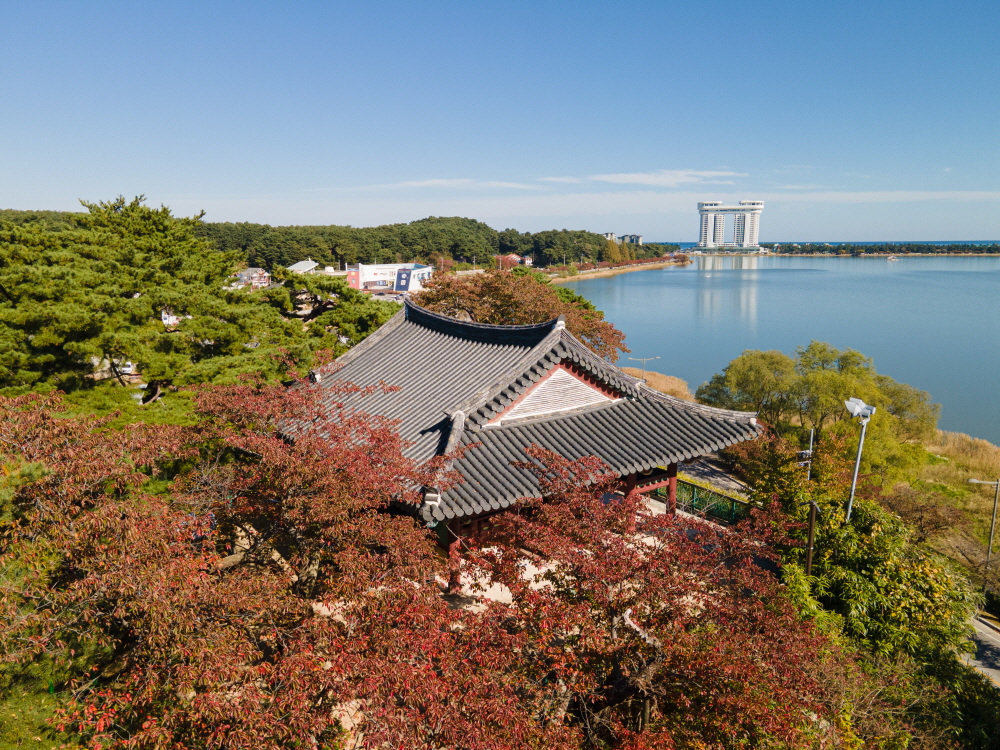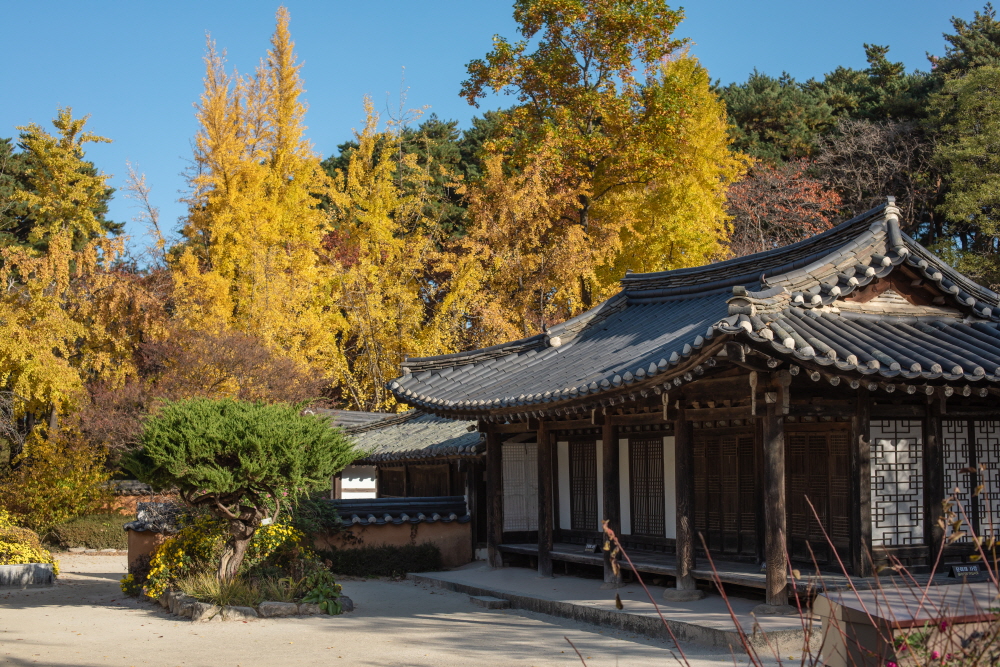Gangneung Chodang Dubu is a tasty and nutritious combination of our beans with the deep flavor of the East Sea. Gangneung Chodang Dubu, created using the traditional method of brining with seawater, has a nostalgic "mom's homemade" taste, a slight pine aroma, and a soft, pure white flavor with the profound taste of the East Sea.

Delicious dubu demonstrates the care that goes into manufacturing dubu, beginning with the selection of good soybeans, separating the soybean water from the dubu residue, coagulating it, and finally producing soft dubu. It's an intriguing battle between Chodang dubu made with seawater and savory salted-brine dubu that unfolds.
Dubu is one of the most well-known dishes in our culture. Dubu's soft, white flesh and profound philosophy may represent our very life, whether it's because it's been a mainstay in our diets for countless years or because it's been a part of our lives through thick and thin.
Dubu may be found all along Gangneung City's coastline, from Jumunjin to Sacheon, Gyeongpo, Chodang, and Anmok. Chodang Dubu Village, located at the entrance of Gangneung High School, is one of the must-visit destinations.
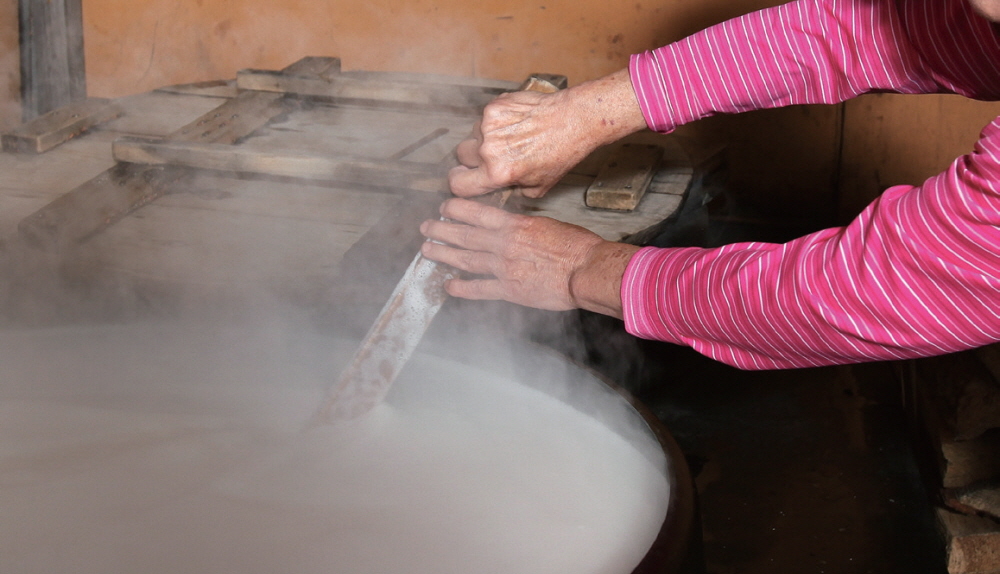
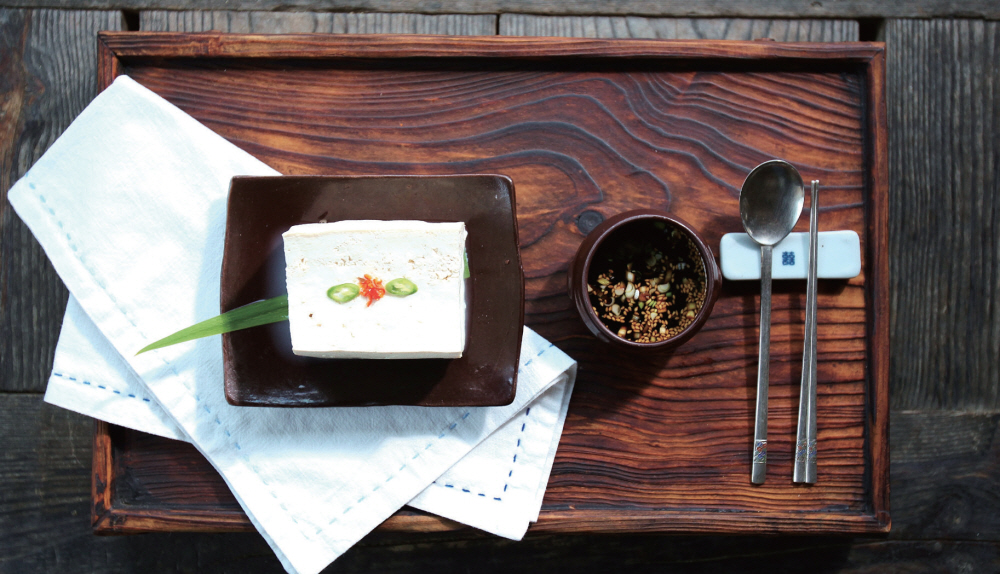
Back when salt was scarce. Chodang Dubu would not have been attainable without the coastal waters of Gangneung.
Dubu is a food that is created by grinding soaked beans to obtain soy milk, which is then boiled and solidified. Typically, boiled soy milk is solidified into dubu by interacting with magnesium or calcium. When common salt is left for an extended period of time, a murky liquid known as brine drips from the bottom. Because brine includes a high concentration of magnesium and calcium, it was commonly used in dubu-making procedures.
Yet, because the method of producing sun-dried salt was passed down during the Japanese colonial period, the usage of brine in dubu-making is relatively new. Natural calcium sulfate was extracted from mines even during the Goryeo and Joseon dynasties, making salt a valuable and scarce food item. As a result, it is reasonable to believe that the dubu-making method based on seawater was widespread until the Joseon dynasty.
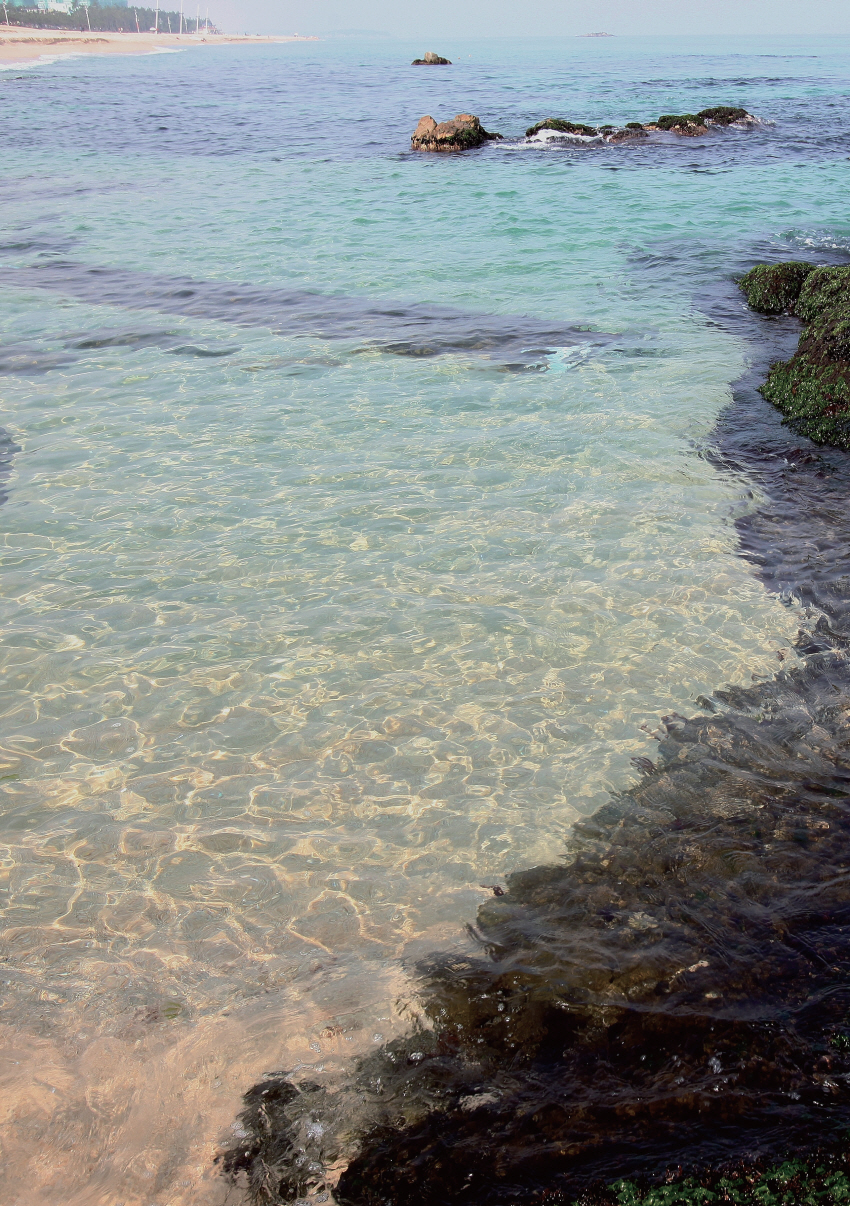
Chodang dubu does not employ "concentrated seawater," but rather uses seawater directly as a coagulant. In other words, the seawater in Chodang is high in magnesium and calcium, allowing soy milk to solidify into dubu without any concentration.
Although all seawater is salty, its composition varies. For example, the ocean's salinity near large rivers or glaciers is low, whereas the salinity near the equator is extremely high due to evaporation. In South Korea, the East Sea has more salinity and a higher amount of magnesium and calcium than the West or South Seas.
In a nutshell, the sea in Chodang Village is a natural blessing for making dubu.
Chodang dubu, which contains seawater, is precisely seasoned without the need for additional seasoning and has an unsurpassed clean, and savory taste.
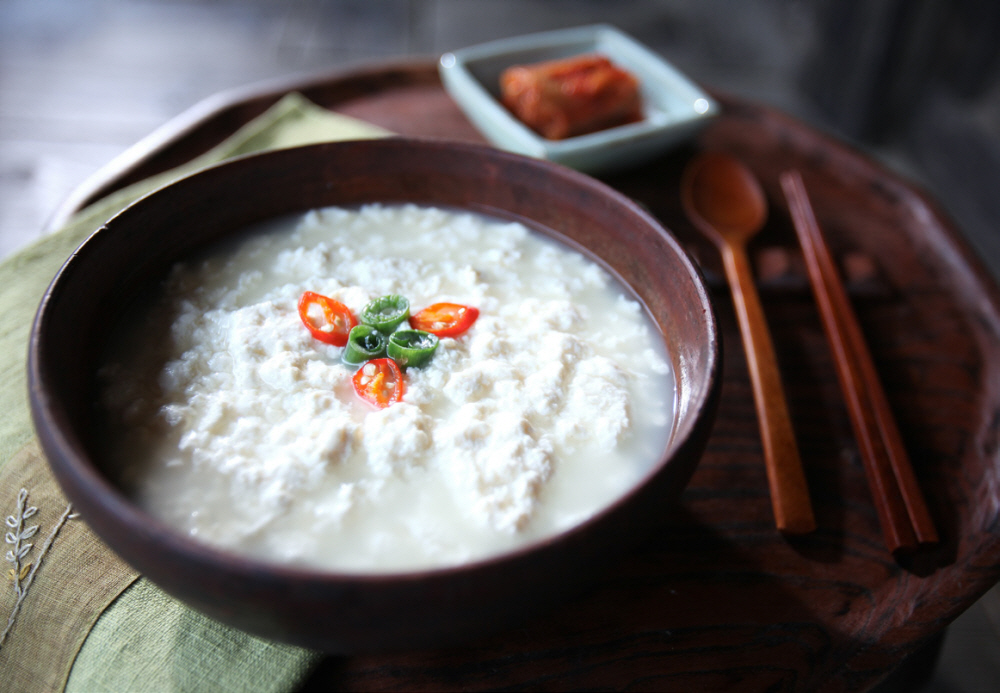
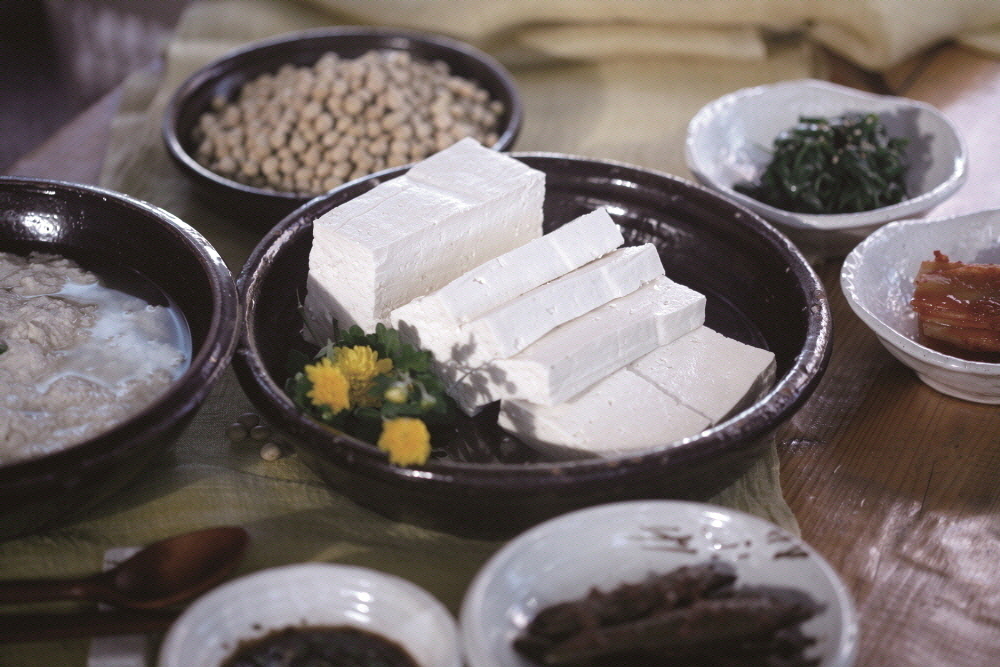
It is best to arrive early in the morning to properly savor the authentic taste of Chodang dubu. Generally, the process of grinding the beans begins about 4-5 am, and the dubu is ready by 7-8 am. The most delicious dubu is freshly produced dubu with steam rising from it. The aroma of the pine trees that surround the village, the white and flavorful dubu, and the scent of the sea felt with each bite combine to produce a full sensory experience. It's also quite enjoyable to see the process of making dubu in the kitchen.
Chodang dubu, which has historically supported the lives of powerless commoners, has now evolved into premium dubu. Perhaps it's the nostalgia for the history behind its profound flavor that causes people to crave it once they've eaten it. You may even get a deep sense of attachment if you take a stroll through the pine forest that overlooks the East Sea and think about the stories of Chodang dubu.
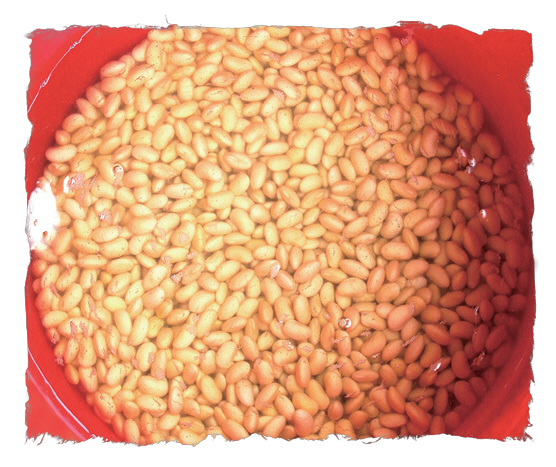
First, carefully select good beans and properly clean them. After selecting and precisely preparing the beans, soak them before grinding. Typically, beans are soaked the day before; in the dry winter months, around 12 hours is sufficient, while in the spring and autumn, 8 hours is adequate, and in the summer, 6 hours is suitable.
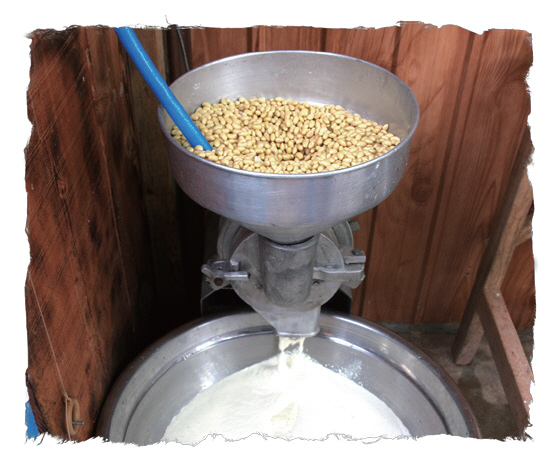
After soaking, thoroughly rinse the beans and grind them. Traditional stone mills are used to grind the beans for the greatest flavor, although machine mills are now employed to save time. Water is added to the ground beans to achieve a smooth texture; the optimal bean-to-water ratio is about 2:3.
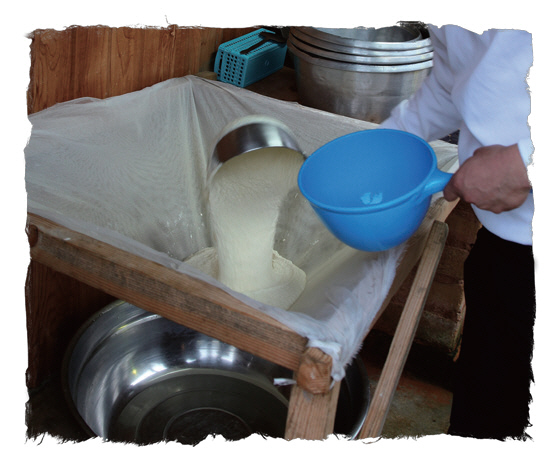
To separate the soy milk, the ground beans are strained through a fine cloth. A hemp cloth is typically used to filter the soy milk, and the taste and smoothness of the dubu might vary depending on the mesh of the cloth. Chodang dubu is created by gradually adding hot water while straining soy milk. 'Biji' is the remaining residue after straining. This biji is used to make biji stew.

Cool the cauldron with cold water before adding the soy milk. This is because soy milk can stick to the boiling cauldron. A lot of froth is produced when soy milk is poured into the cauldron. Boil the soy milk in the cauldron after entirely removing the foam, and increase the heat to a suitable level for steaming.
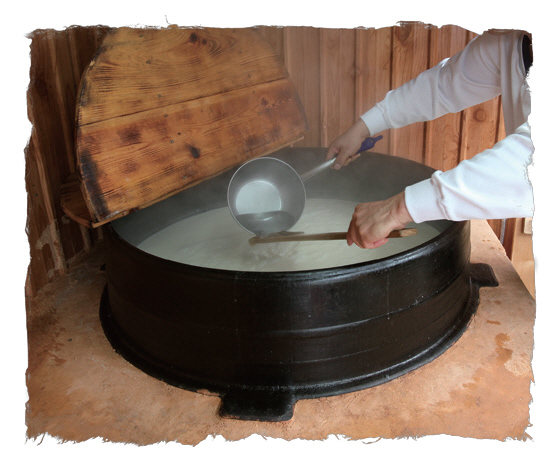
This is the most important step. Gently pour in the seawater. Because different dubu flavors can be produced depending on the concentration and volume of seawater, the restaurants in Chodang Dubu Village consider this method of modifying the seawater to be their secret technique.
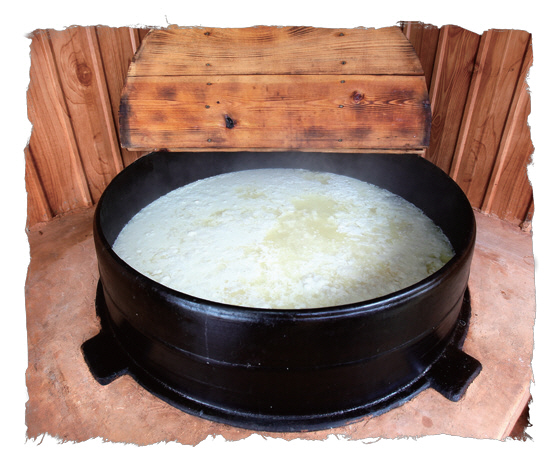
The soy milk eventually hardens when seawater is added and heated over a low flame. Chodang initial dubu is made at this point, which is soft and watery. Chodang initial dubu has a little salty flavor on its own, thus no seasoning sauce is required, making it a popular meal among dubu connoisseurs.

Chodang square dubu comes after Chodang initial dubu. Prepare a square mold with linen and carefully place the freshly rolled dubu inside. Allow the brine to naturally drain through the fabric.
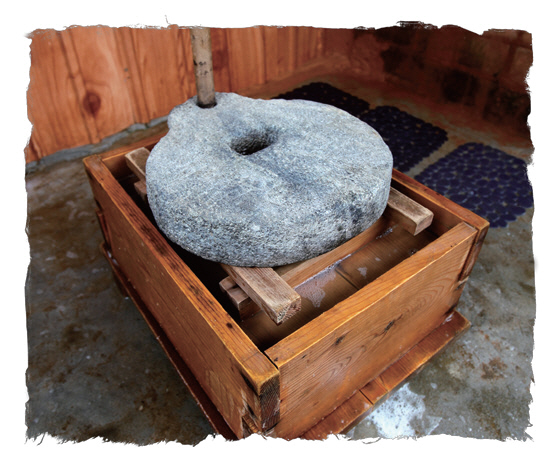
Fill the mold with initial dubu, cover it, and set a large stone on top to drain. While draining the water, makers gently press down on it with their hands from time to time to manage the stiffness of the dubu and to ensure that it is soft and tasty.
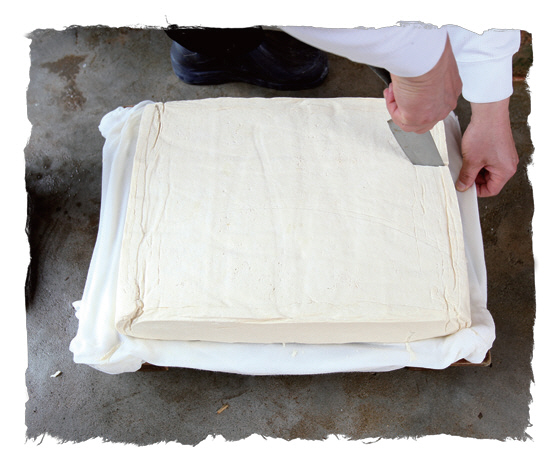
Remove the solidified dubu and cut it into squares once the water has been drained. Soak the square dubu for a few minutes in cold water to soften and firm it up. The flavor of freshly cut dubu is incomparable to any other type of dubu. If you want to experience the actual flavor of ultra-fresh dubu, don't miss out on this opportunity.
공공저작물 자유이용 허락 표시
